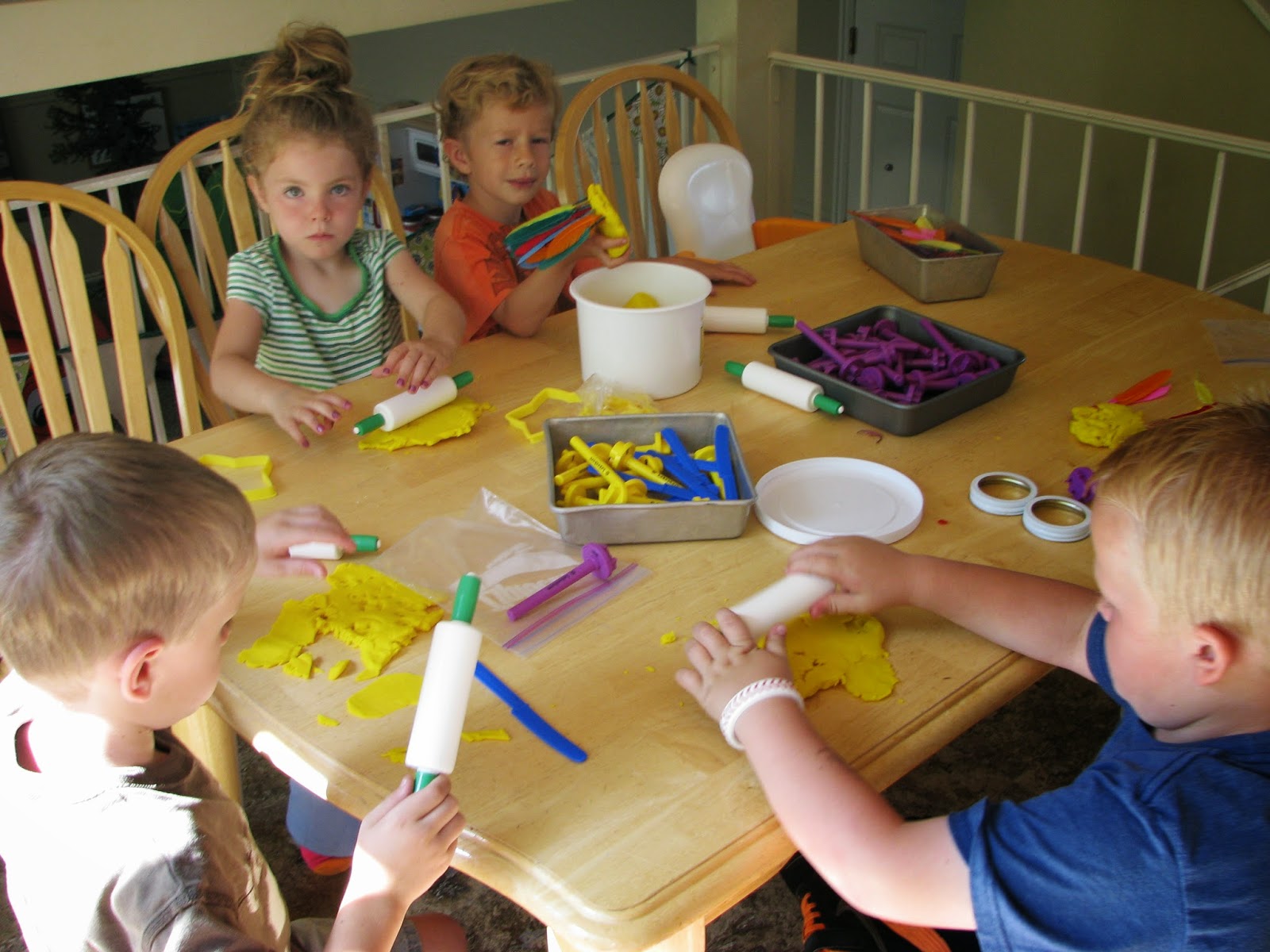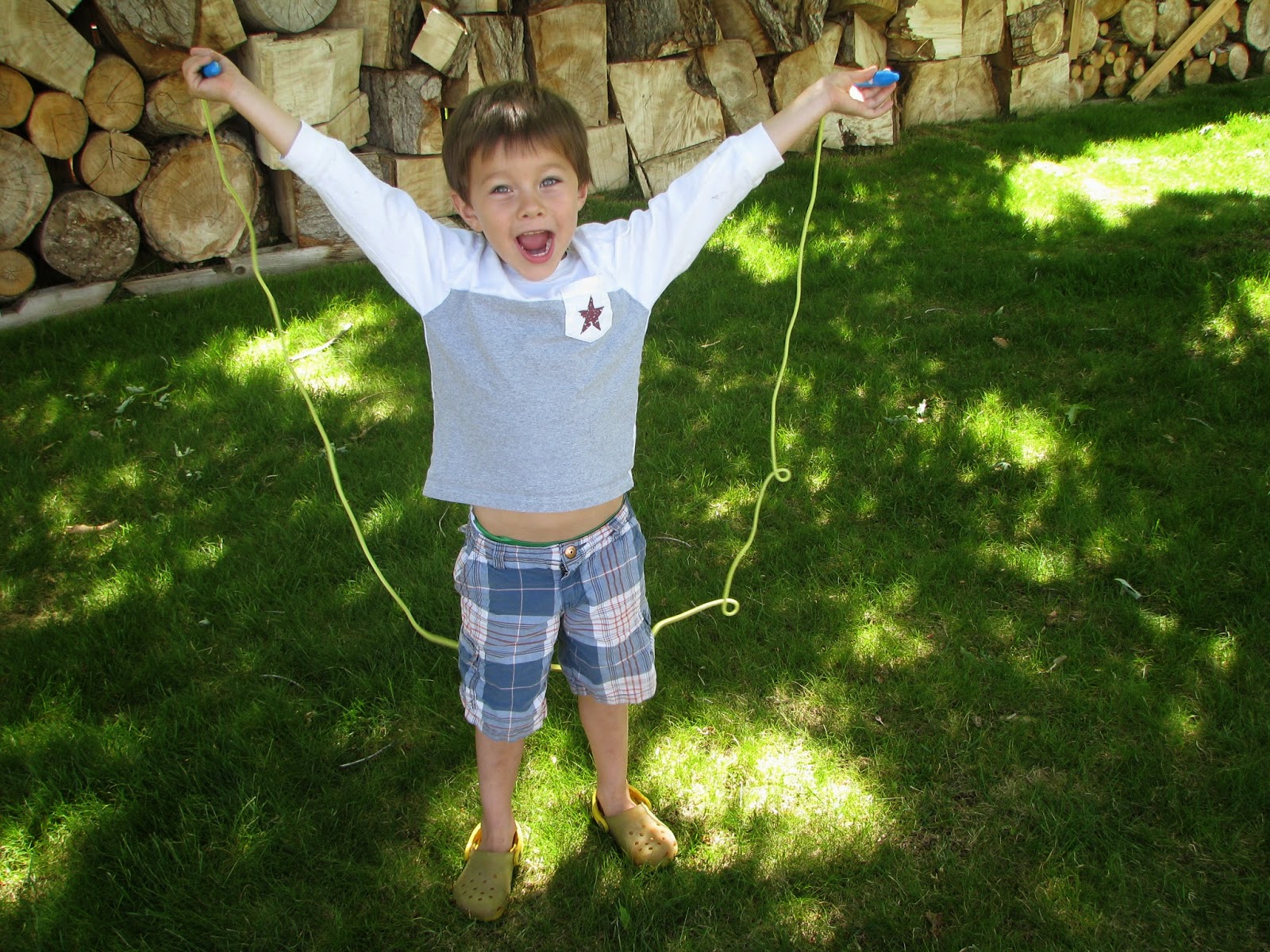When we went on our field trip to see the beekeeper (last week of April), the children were initially curious about how bees make honey. But when Mr. Shelton showed them a hive that had died over winter, the image of all those dead bees made a strong impression. Almost all of the children wrote something about the dead bees in their science journals.
I decided to help the children extend their thinking about the dead bees by showing them a video clip of a scientist who studies bees. We learned that bees are actually disappearing. The scientist (Marla Spivak) further explained that every winter, one in three hives perish. (Mr. Shelton's bees weren't the only bees that died last winter!) Moreover, the number of bee colonies alive today is half the number of bees that were alive when our grandparents were born. What is killing the bees? Why are the bees disappearing?
We learned from this expert scientist that bees were dying due to a combination of disease, pesticides, and lack of food (i.e., not enough flowers). We learned that if bees keep dying at this rate, we could lose 1/3 of our food supply! (We had already learned last month about pollination, and the valuable pollination service bees provide for plants.) We identified this as a big problem, and wanted to be part of the solution.
We noticed that in the school yard all the tulips and daffodils had finished their life cycle. There were no more flowers for bees to eat and pollinate! We needed to plant more flowers. And plant a variety of flowers that would bloom through the entire season. So that is what we did.
Each child planted a mix of wildflowers, prepared especially for bees. This box of flowers was taken home to help feed the bees. It was a great way to bring closure to our springtime investigation of bees and flowers.
Knowing that our end-of-year picnic was coming up soon, I asked the children if they would like to share what they had learned about bees with their parents. How could we share what we had learned? One boy suggested we act out the story of the bees. Another girl suggested we do a bee dance for our parents. I said, "What if we do both?" Could we act out the bee story as a dance? Could we tell the story of the bees without using words? The kids were up for the challenge!
Ever since last month when we learned that bees do a waggle dance to help their hive mates find flowers, the kids have been dancing! It was their favorite thing to do during outside time (see video above). We didn't have much time left in the school year to plan a dance. But I knew this was important to the kids, and we had to do it.
First, I asked the children what ideas would be most important to share. This was the list they came up with. Second, we had to choose the music we would dance to. We began learning about different kinds of musical instruments.
I filled the classroom library with books about music, dance, and instruments. With the help of a CD-ROM included in the book below, we began listening to music clips of different instruments.
During circle time, we played a listening game. We closed our eyes and tried to guess which instrument we were hearing. We also discussed what the music inspired us to think about, the images we saw and the feelings the music communicated. We observed that different kinds of instruments can communicate different ideas and feelings. We needed to choose the music for our dance carefully, because music can help us tell our story!
The following school day, I suggested a musical instrument that could represent each part of our story. We practiced dancing to each clip of music. We moved our bodies like birds in spring (violin), like flowers swaying in the breeze (harp), like bees who were busy pollinating (flute), like wasps who were attacking a hive (drum), like farmers working in the fields (piano), like a germ infecting the bees (bassoon), like a sick and dying bee (trumpet), like a scientist studying the bees (oboe), like sad shoppers at an empty grocery store (viola), and like people planting flowers together (cello) in a final effort to save the bees.
Unfortunately, the last day of school before the picnic I got sick with a fever. So we didn't get to do a dress rehearsal. And I didn't get to document our dance with photos or video. But, Teacher Merritt stepped in to substitute. And among other things, he taught the kids how to play kick ball (which they loved).
So although the dance wasn't quite as polished on the day of the picnic as I would have liked (and some scenery created by the children would have been nice), I think the kids had a great time performing for their parents. I hope they remember how good they felt when they shared this important message about the bees. The act of sharing learning always deepens learning, and makes it stick.
Thank you, parents, for being a great audience at the picnic. And I hope you enjoyed celebrating the accomplishments of your children this year. I loved reading their reflections about the school year. It was amazing how much they remembered about what they had learned. And several children commented on social skills learned and the friendships they had made. That was so great.
Thank you, parents, for all your support and volunteer work throughout the school year. It really has been magical. I love your kids. I wish them the best. I know they have a love for learning, and I am proud of the skills they have developed that will help them direct their own learning. They are great thinkers! I look forward to hearing about their many future successes.
Much love,
Teacher April
P.S. I will leave you with some final photos of your kids playing together during choice time. Enjoy!
Building a zoo with wooden blocks and Schleich animals.
Playing with camping props provided in the dramatic play area (tents, sleeping bags, a fire pit, binoculars, flashlights, camping food and backpacks).
Cooking breakfast, and roasting marshmallows and hot dogs over the fire.Gone fishing, using the sleeping bags as a fishing pond.
Sitting inside the tent, taking turns telling stories to each other around the camp fire.
Exploring, looking for bears, wolves, and other wildlife. (So cute. I love these kids and their drama play.)
Working with dough to create a starry night sky, or sculpt birds with colorful feathers.
Our shelf work is still popular with this crowd. Here students have brought their work up to the library, a space designated for this kind of focused work.
Montessori three-part cards were popular this month. Here, students practice reading and writing while learning the anatomy of birds and insects. A student reads a word card and matches it to the correct picture (a body part).
Students also used these cards to make their own book about bird or insect anatomy, writing the words and coloring the corresponding body parts on the drawings.
A "bird basket" had binoculars and photo cards for students who wanted to go birding in the backyard. They could try to identify the birds they saw outside (or the stuffed birds in the basket), and listen to a variety of bird songs on the computer.
We never did get eggs in that nest of ours. We think some magpies discovered the nest and scared the robins away. Too bad.
We had a dinosaur dig in the sand and water table.The kids played kick ball with Teacher Merritt. He taught them how to run the bases, kick the ball, and tag a runner out. Good times!
Finally, I put jump ropes outside this month. But as you can see below, the ropes quickly turned into a spider web. This play was very engaging, resulting in several different webs built over the course of a few weeks. The boys tested the strength of each web by sitting on it. Here is the entire knot-tying crew.
Finally, I have cute photos of each child jumping rope. (We took these photos for our alphabet book: J is for jump.) Have a great summer, class of 2014! I will remember you!




































